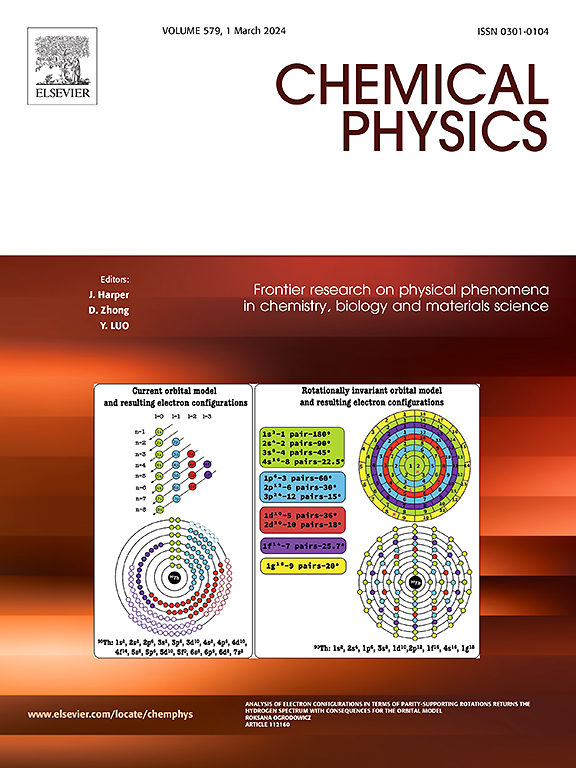CeO2 nanosheets for high performance aqueous battery systems
IF 2
3区 化学
Q4 CHEMISTRY, PHYSICAL
引用次数: 0
Abstract
CeO2 is a promising candidate as electrodes for aqueous battery systems, however, the bulk particles show rapid capacity fading. This work prepares CeO2 nanosheets via a rapid microwave heating route in 10 min. Benefitting from the unique two-dimensional structure and rich oxygen vacancies, the assembled CeO2 nanosheets electrode delivers a high initial discharge/charge capacity of 706.1/485.0 mAh g−1 at 120 mA/g, a good reversible capacity of 182.4 mAh g−1 remains after 400 cycles, superior rate capability (91.1 mAh g−1 at 480 mA/g), as well as a fast diffusion kinetics (7.8 × 10−12 cm2 S−1) for aqueous Zn-ion batteries (AZIBs). Capacitance fading issue has been greatly addressed compared to the reported bulk particles. Also, it exhibits a high specific capacitance of 436.8 F/g at 1 A/g, a long capacitance retention (98.9 % @ the 2nd cycle) after 5000 cycles at 2.0 A/g, a high energy density of 92.4 Wh kg−1 at a power density of 107 W kg−1 for supercapacitors (SCs).
用于高性能水性电池系统的CeO2纳米片
CeO2是一种很有前途的水性电池电极,然而,大块颗粒表现出快速的容量衰减。利用独特的二维结构和丰富的氧空位,组装的CeO2纳米片电极在120 mA/g时具有706.1/485.0 mAh g - 1的高初始放电/充电容量,在400次循环后仍保持182.4 mAh g - 1的良好可逆容量,优越的倍率能力(480 mA/g时91.1 mAh g - 1)。以及水溶液锌离子电池(azib)的快速扩散动力学(7.8 × 10−12 cm2 S−1)。与已报道的大块颗粒相比,电容衰落问题得到了很大的解决。此外,该材料在1 a /g时具有436.8 F/g的高比电容,在2.0 a /g下循环5000次后具有98.9%的长电容保持率,在107 W kg - 1的功率密度下具有92.4 Wh kg - 1的能量密度。
本文章由计算机程序翻译,如有差异,请以英文原文为准。
求助全文
约1分钟内获得全文
求助全文
来源期刊

Chemical Physics
化学-物理:原子、分子和化学物理
CiteScore
4.60
自引率
4.30%
发文量
278
审稿时长
39 days
期刊介绍:
Chemical Physics publishes experimental and theoretical papers on all aspects of chemical physics. In this journal, experiments are related to theory, and in turn theoretical papers are related to present or future experiments. Subjects covered include: spectroscopy and molecular structure, interacting systems, relaxation phenomena, biological systems, materials, fundamental problems in molecular reactivity, molecular quantum theory and statistical mechanics. Computational chemistry studies of routine character are not appropriate for this journal.
 求助内容:
求助内容: 应助结果提醒方式:
应助结果提醒方式:


